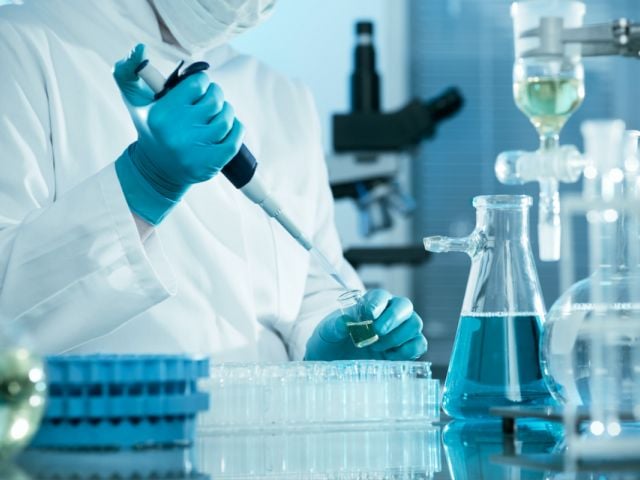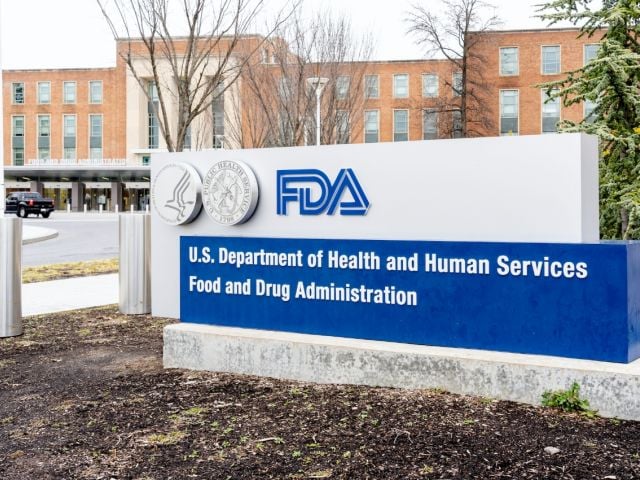
By Elaine Shannon
Back in the 1960s and 1970s, the outcry over Rachel Carson's path-breaking Silent Spring and global mobilization around the first Earth Day spurred scientists to attempt to quantify how much pollution was getting into people. Early methods -- measuring contaminants in water, air and soil, constructing mathematical models, analyzing lifestyles -- were roundabout and ultimately unsatisfying.
Well, no more guesswork and no more denials. Biomonitoring techniques -- testing blood, urine and human tissue -- are producing irrefutable evidence that human bodies are awash in toxic and endocrine-disrupting chemicals.
This week, a newly published laboratory analysis of 10 umbilical cord blood samples, commissioned by Environmental Working Group and Rachel's (as in Carson) Network, an organization of grassroots advocates, offers sobering new insights on the extent to which environmental pollutants are inescapable, even in the womb.
The 10 samples, from children born between December 2007 and June 2008, in Michigan, Florida, Massachusetts, California and Wisconsin, were randomly selected from a cord blood bank. The only stipulation: all 10 are of racial or ethnic minority descent, because EWG and Rachel's Network want to make sure that minorities are considered as various biomonitoring studies construct a mosaic of the "human toxome," the pollution in people.
EWG asked five laboratories with international standing to look for 383 chemicals. They found up to 232 of them. That's a big number. It's troubling that many substances detected, like lead and polychlorinated biphenyls (PCBs), have been banned or heavily restricted for decades.
But other chemicals are dangerous, ubiquitous and mostly unregulated, except for huge spills and on-the-job exposures. These are the targets of current debates over U.S. toxic chemicals policy:
- Bisphenol A (BPA), an integral ingredient of polycarbonate plastic and epoxy resins, also a synthetic estrogen, found in 9 of 10 samples. First reported U.S. finding of BPA in cord blood. The federal Food and Drug Administration is contemplating banning BPA in food containers. A few states have already barred BPA in baby bottles, sippy cups and a few other children's items. Many others are considering legislation, as is the U.S. Congress.
- Perchlorate, a rocket fuel component and widespread water pollutant that disrupts thyroid function key to brain development, found in 9 of 10 samples. The U.S. Environmental Protection Agency is weighing proposals to regulate the chemical in drinking water, effectively forcing an expensive clean-up at Cold War-era missile and rocket test sites and chemical storage facilities. Defense and aerospace contractors are lobbying against such a move.
- Tonalide and Galaoxolide, synthetic musk fragrances in cosmetics, detergents, soap and other scented household items, found in 7 of 10 samples. Health risks are unknown, but because the chemicals are widely detected in people and aquatic environments, health advocates such as the Campaign for Safe Cosmetics are urging disclosure, rigorous testing and regulation of ingredients in cosmetics and personal care products.
In all, EWG's 11 biomonitoring investigations have detected 414 industrial chemicals, pollutants and pesticides in 186 people of all ages. These findings help answer the "what's out there" question. They may also guide scientists and government officials as they decide where to focus research and regulatory efforts. Clearly, contaminants found in utero warrant urgent assessment.
Want to know more about biomonitoring? The Centers for Disease Control and Prevention (CDC) biomonitoring program site offers a wealth of information. Especially interesting: an article entitled Human Biomonitoring of Environmental Chemicals, by CDC and academic scientists, that describes biomonitoring as the "gold standard for assessing people's exposure to pollution."



